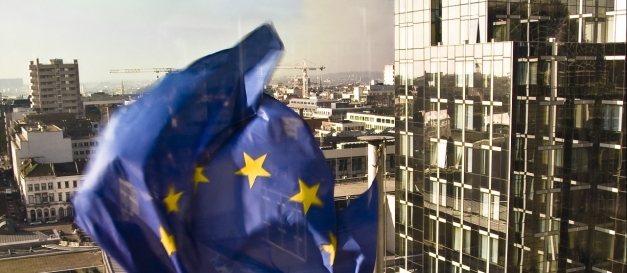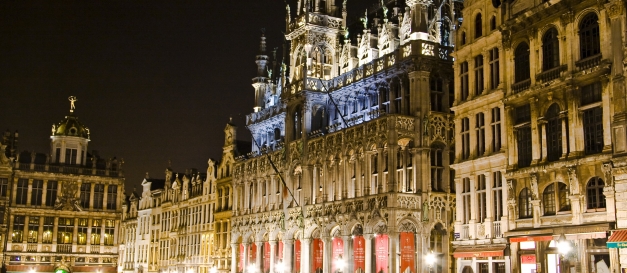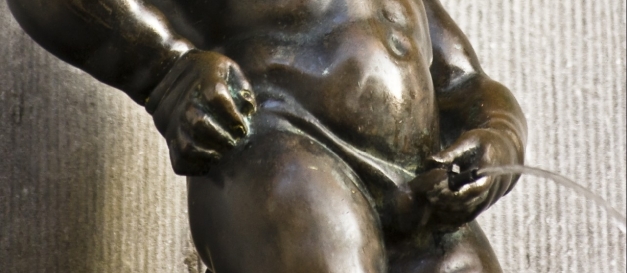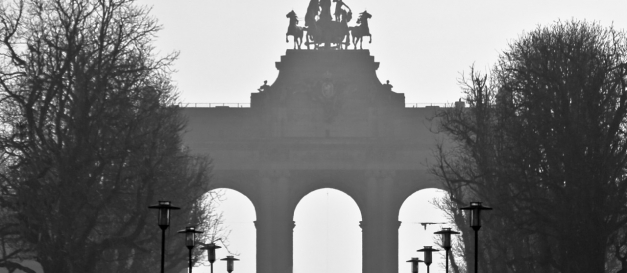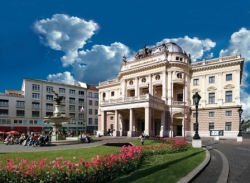Historical monuments
Many of the fine baroque and rococo buildings in Bratislava's historic old town were constructed by Hungarian nobles during the city's period in the imperial limelight.
The statue of aviator M.R. Štefánik at the Eurovea riverside shopping and entertainment centre is a good place to start. From here it is possible to walk along the embankment, with the river on your left, for two or three kilometres, passing the Old Bridge and the striking New Bridge (Nový most) before reaching the modern River Park centre, which just out over the river.
Halfway between the Old and New Bridges, you can turn right at the Slovak National Gallery (Slovenská národná galéria) and enter the historic old town via tree-lined Hviezdoslavovo Square. The old town is relatively compact and mostly car-free, and is centred around the small but elegant Main Square (Hlavné námestie). Other landmarks include St Michael's Gate (at the top of Michalská), the city's only remaining fortified entrance; and the city's largest church, St Martin's Cathedral.
St Martin's Cathedral, at the foot of the castle hill, is an imposing building which started life as a thirteenth-century Romanesque church. This was replaced by the present structure, which was originally Gothic, subsequently remodelled in the baroque style, and then mostly converted back to Gothic after a fire in 1833.
Above St Martin's is Bratislava Castle, from where there are great views over the city and the surrounding countryside. It can be reached by a short but steep path which begins after you walk under the highway next to the cathedral
Below the castle, at the bottom of Židovská, is one of the city's prettiest rococo buildings: the yellow-and-white House of the Good Shepherd (Dom U Dobrého Pastiera). It now houses a Clock Museum and a bar.
Another favourite with tourists and residents alike is St Elizabeth's Church, on Bezručova. An example of Hungarian Secession style, it was built in 1913 and is universally referred to as the Blue Church.
Another great vantage point is the Slavín war memorial, which, like the castle on a neighbouring hill, is visible from much of the city. Unveiled in 1960, it is a quiet, contemplative space crowned by a huge granite column, and is the formal grave for almost 7,000 Soviet soldiers who died liberating Bratislava and western Slovakia in 1945. The surrounding suburb is filled with handsome villas from the Austro-Hungarian and First Czechoslovak Republic periods.
“Limes romanus” with roman ancient monuments located on the middle Danube, and “Chatam Sofer Monument” in Bratislava are proposed to be entered on to the World Heritage List.
For more information please visit: visit.bratislava.sk
Photo: Bratislava Region
Number of views: 3260x
 Slovensky
Slovensky English
English Français
Français